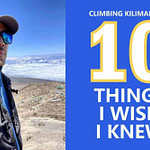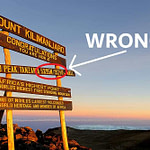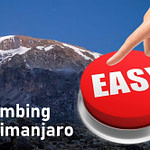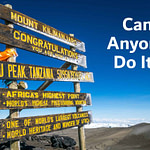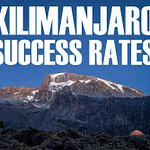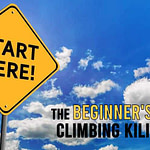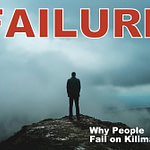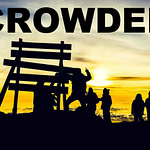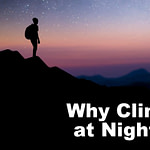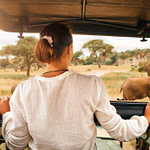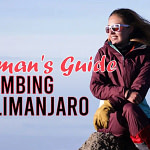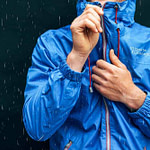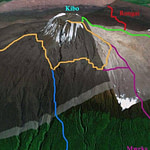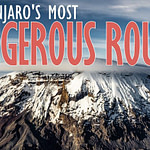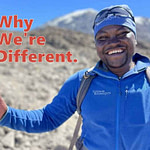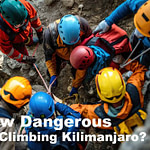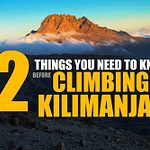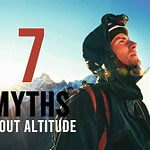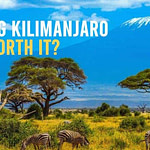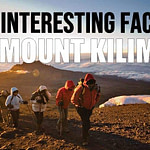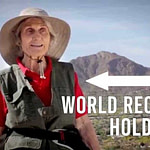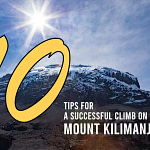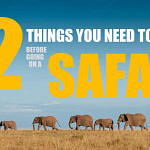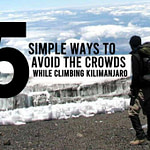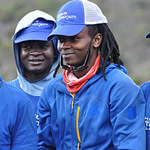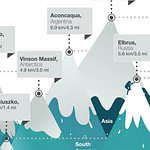In the long history of commercial climbing on Mount Kilimanjaro, most people have ascended under the stars, reaching the summit just after sunrise. It’s a tried-and-tested method, but it’s not for everyone. To cater to those who prefer a more relaxed summit experience, Ultimate Kilimanjaro® offers daytime summit options on select routes. These route variants allow you to summit during daylight hours instead of braving the cold and dark night.
Daytime Summit Routes
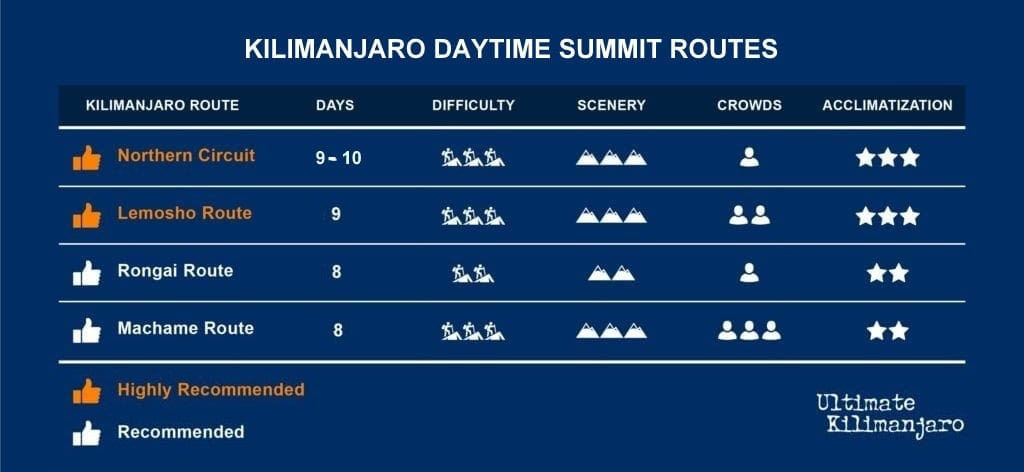
Daytime summits are available on the following itineraries:
- 10 day Northern Circuit (daytime summit)
- 9 day Northern Circuit (daytime summit)
- 9 day Lemosho (daytime summit)
- 8 day Rongai (daytime summit)
- 8 day Machame (daytime summit)
Note that our Crater Camp routes have daytime summits as well.
- 10 day Northern Crater (daytime summit + stay at Crater Camp)
- 9 day Lemosho Crater (daytime summit + stay at Crater Camp)
Daytime Summit Routes vs. Standard Routes
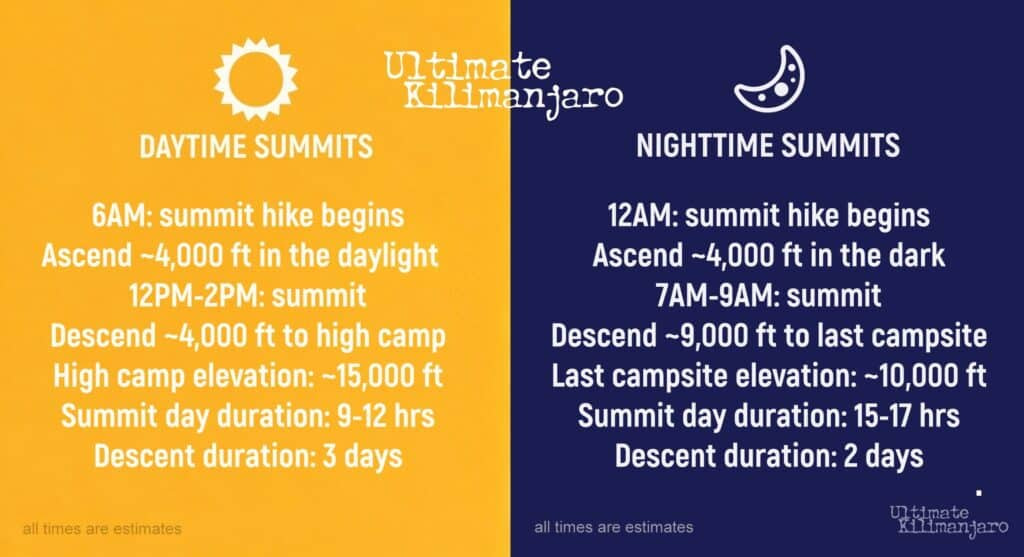
The main differences between daytime summit routes and their standard route counterparts are 1) when the summit attempt begins, and 2) how long the descent takes.
On standard Kilimanjaro routes, climbers usually begin their hike to the summit around midnight. For several hours, they ascend in the dark throughout the night. After 4,000 feet (1,220 meters) of elevation gain, climbers reach the top typically between 7AM and 9AM. Then, they descend 9,000 feet (2,740 meters) to the final campsite, typically located at an elevation of about 10,000 feet (3,050 meters). This entire day is very long and potentially exhausting. For most, it’s a 15-17 hour day on the trail, including breaks and meals.
In contrast, the daytime summit routes begin in the morning. Climbers ascend during normal daylight hours and typically summit by early afternoon. Then, they descend only 4,000 feet (1,220 meters) to high camp, or approximately 15,000 feet (4,570 meters). This is the key adjustment that makes the daylight summit possible, as less time is needed for the descent. Overall, the hiking time on summit day is shorter, about 9-12 hours.
However, to make up for the shorter summit day, an extra day is needed to complete the descent. Therefore, the daytime summit variants are one day longer than the standard itinerary. For instance a standard 8 day Lemosho route becomes a 9 day Lemosho route with a daytime summit.
Pros & Cons of Daytime Summits
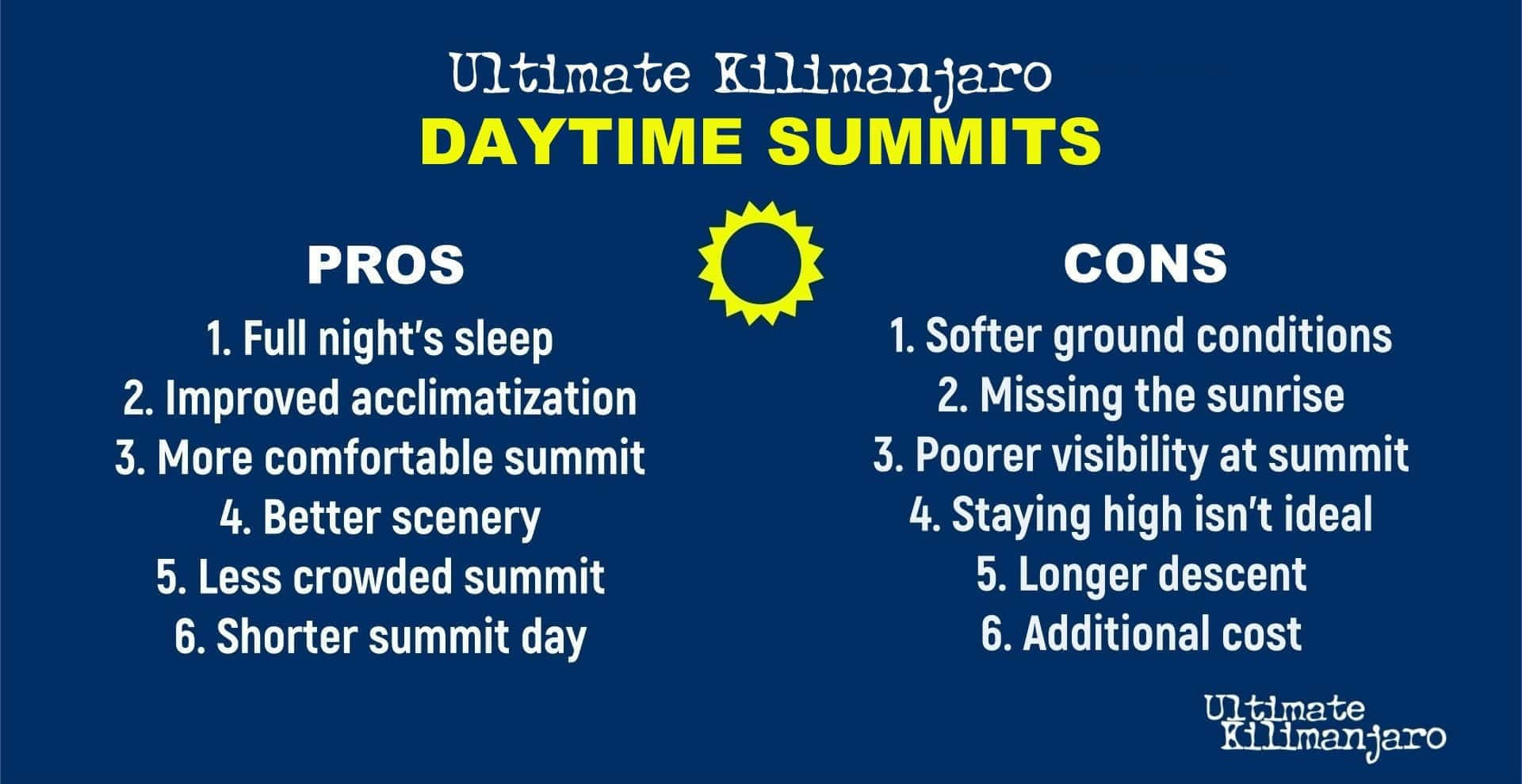
There are pros and cons for electing a daytime summit.
Pros of Daytime Summits
- Full Night’s Sleep – Unlike the standard itinerary, which requires climbers to wake around midnight after perhaps a few hours of sleep, the daytime variant allows you to rest fully the night before. With a full night’s sleep under your belt, you’ll feel more energized for the summit push.
- Improved Acclimatization – Because you spend more time at high camp, you will be better acclimatized before ascending higher to the summit. For climbers who are struggling with the altitude, this is a significant benefit.
- More Comfortable Summit Experience – Temperatures during the day are significantly milder, and winds are generally less severe. Instead of having to wear the usual 4-6 layers on top, you will probably only need 2-3 layers while hiking to the summit. These favorable conditions make for a more pleasant summit journey. The physical strain, while still challenging, feels less taxing without the darkness, extreme cold and high winds. In short, climbing in the daylight reduces the hardship you need to endure and is thus easier to overcome.
- Better Scenery – Climbing when the sun is out means you can actually see the beautiful surroundings. You’ll appreciate the views and dramatic landscapes, constantly rewarding you for the effort you’re putting in. Furthermore, seeing the terrain in front of you reduces the likelihood of slips and falls.
- Less Crowded Summit – By summiting later in the day, most climbers will have already descended, leaving the summit far less congested. This gives you a quieter, more personal experience at Uhuru Peak. There will be no need to queue in a line for summit photos or feel rushed to leave.
- Shorter Summit Day – As mentioned above, the standard itinerary requires a long day of hiking—summiting in the morning and then descending all the way to the last camp. But with the daytime summit variant, you only need to descend back to high camp, cutting the day short and allowing for a more relaxed experience.
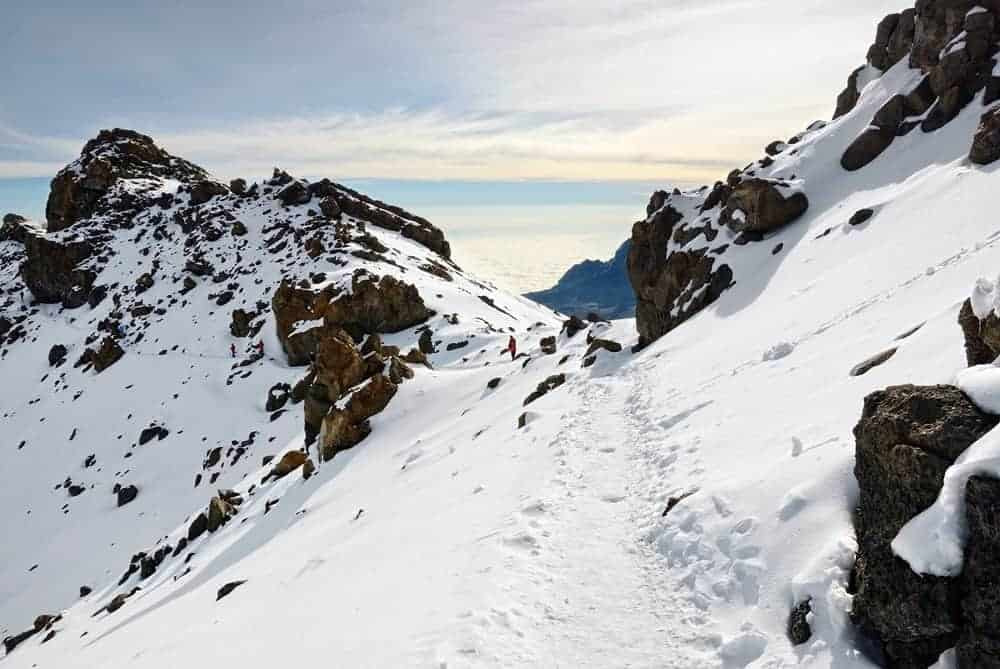
Cons of Daytime Summits
- Softer Ground Conditions – Daytime temperatures are warmer, which means the ground is less stable. During a standard nighttime summit, the ground forms a firm, frozen path. Think of the difference between walking on soft sand versus packed dirt. In the daytime summit, you’ll have to contend with looser scree and shifting terrain. This can make the climb somewhat more physically demanding.
- Missing the Sunrise – One of the most visually spectacular events that climbers see on Kilimanjaro is the sunrise over Mawenzi peak. This is a highlight that climbers still talk about even many years after their experience. Opting for the daytime summit variant means you miss this magical moment (you’ll still see the sunrise from high camp instead of the crater rim).
- Poorer Visibility at the Summit – Kilimanjaro skies tend to be clearest in the early morning hours. This is due to the typical weather patterns that occur at high altitudes in tropical regions. During the night, cool air stabilizes the atmosphere and reduces cloud formation. But as the day progresses, warm air creates convection currents that can lead to cloud formation. Therefore, when climbers reach Uhuru Point in the afternoon, visibility could be limited.
- Staying High Isn’t Ideal – Sleeping at high camp (15,000 feet/4,570 meters) can be tough for a lot of people. Due to the high elevation, it is pretty normal for climbers to experience disrupted sleep. This holds true before the summit and after. For those experiencing symptoms of altitude sickness or extreme fatigue, spending a second night at high camp is not ideal as it may exacerbate those symptoms. Descending to a lower camp would help with recovery.
- Longer Descent – As noted before, the daytime summit routes add an extra day to the standard itineraries. This means that the descent, which normally takes place over two days, now takes three days to complete. Most people are motivated to get off the mountain as quickly as possible after they’ve summited. For those eager to be done, this slower pace might feel like a drawback.
- Additional Cost – Since the daytime summit routes require an extra day on the mountain, the cost of these routes are higher than the standard routes.
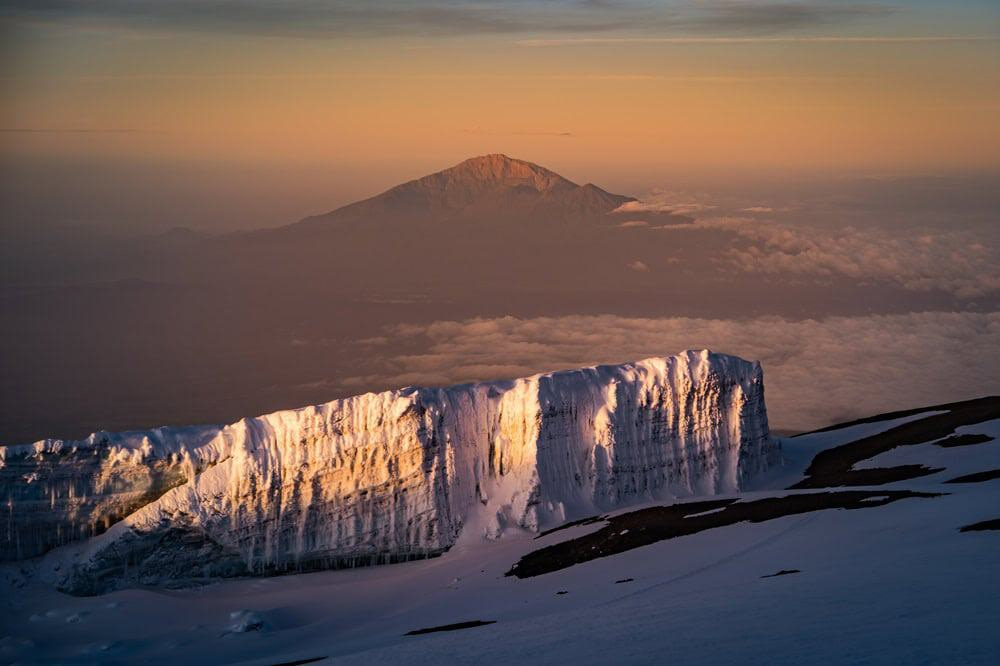
Which is Better?
When deciding between a daytime summit or the traditional night ascent, it really comes down to what kind of experience you’re seeking.
Some climbers relish the challenge of a nighttime ascent, seeing it as a mental and physical test. They want to push through the cold, embrace the darkness, and be on the top for that special sunrise moment. For many, the emotional reward of seeing the sun rise over Africa from the highest point is worth the effort.
On the other hand, some climbers prioritize comfort, preferring a more relaxed pace. From our experience, it requires less mental strength to summit during the day as one of the biggest obstacles, the extreme cold, is removed. Additionally, getting a full night’s rest and having more time to acclimatize can only help.
Ultimately, neither option is objectively better—it comes down to your priorities. If you’re focused on the experience of seeing the sunrise or prefer to finish the climb quicker, the night summit may be more appealing. On the other hand, if you value comfort, the daytime summit could be the better fit. Either way, Kilimanjaro will certainly be a memorable and rewarding experience, no matter when you summit.
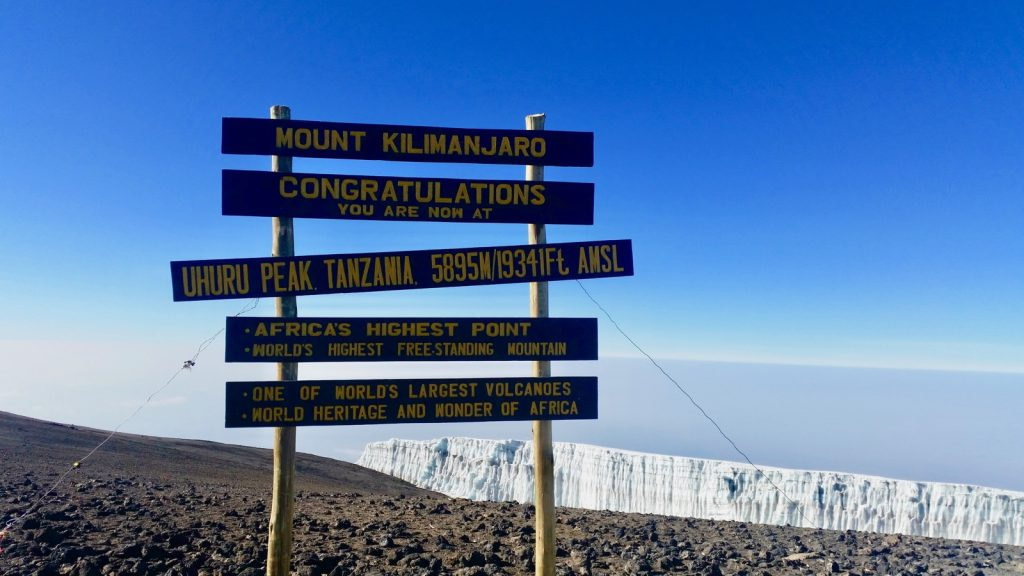
See our daytime summit route itineraries below:


